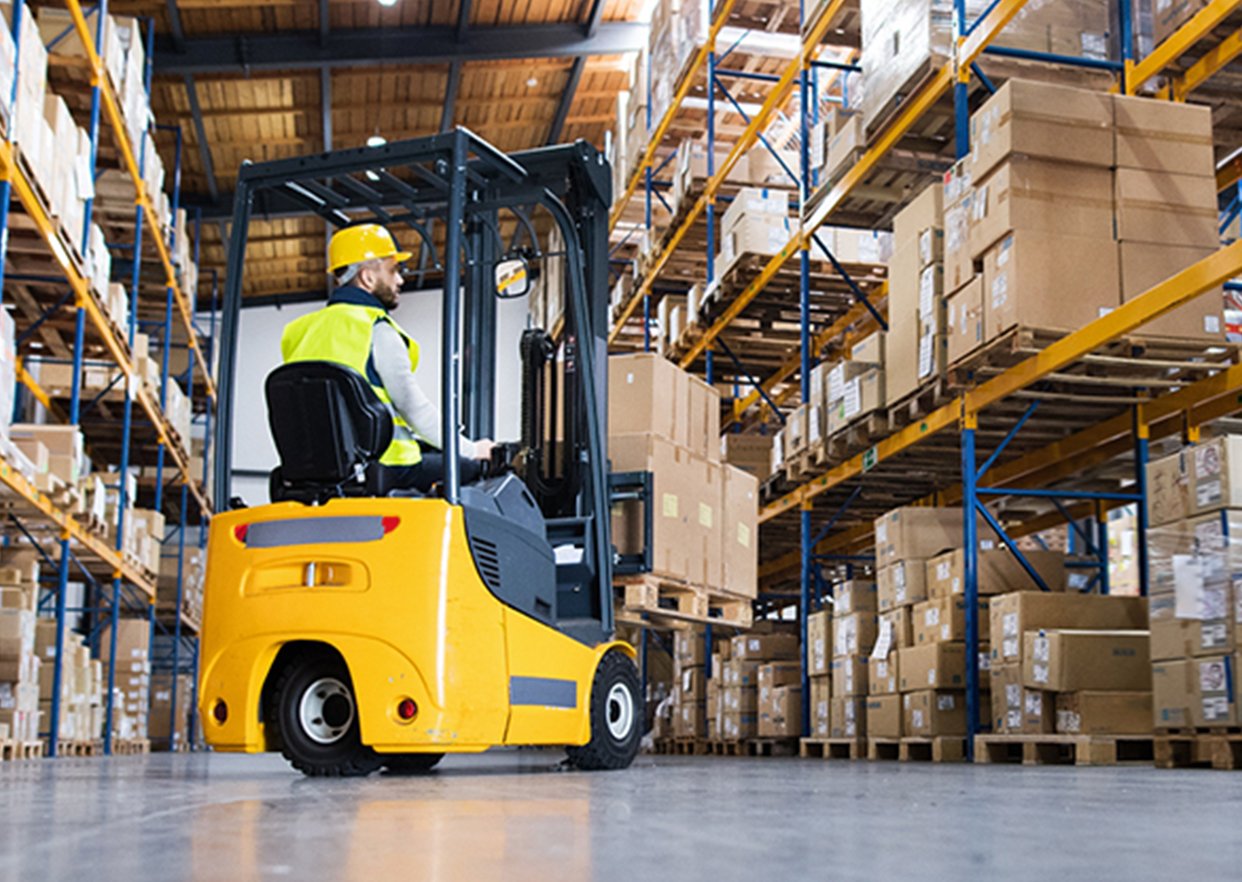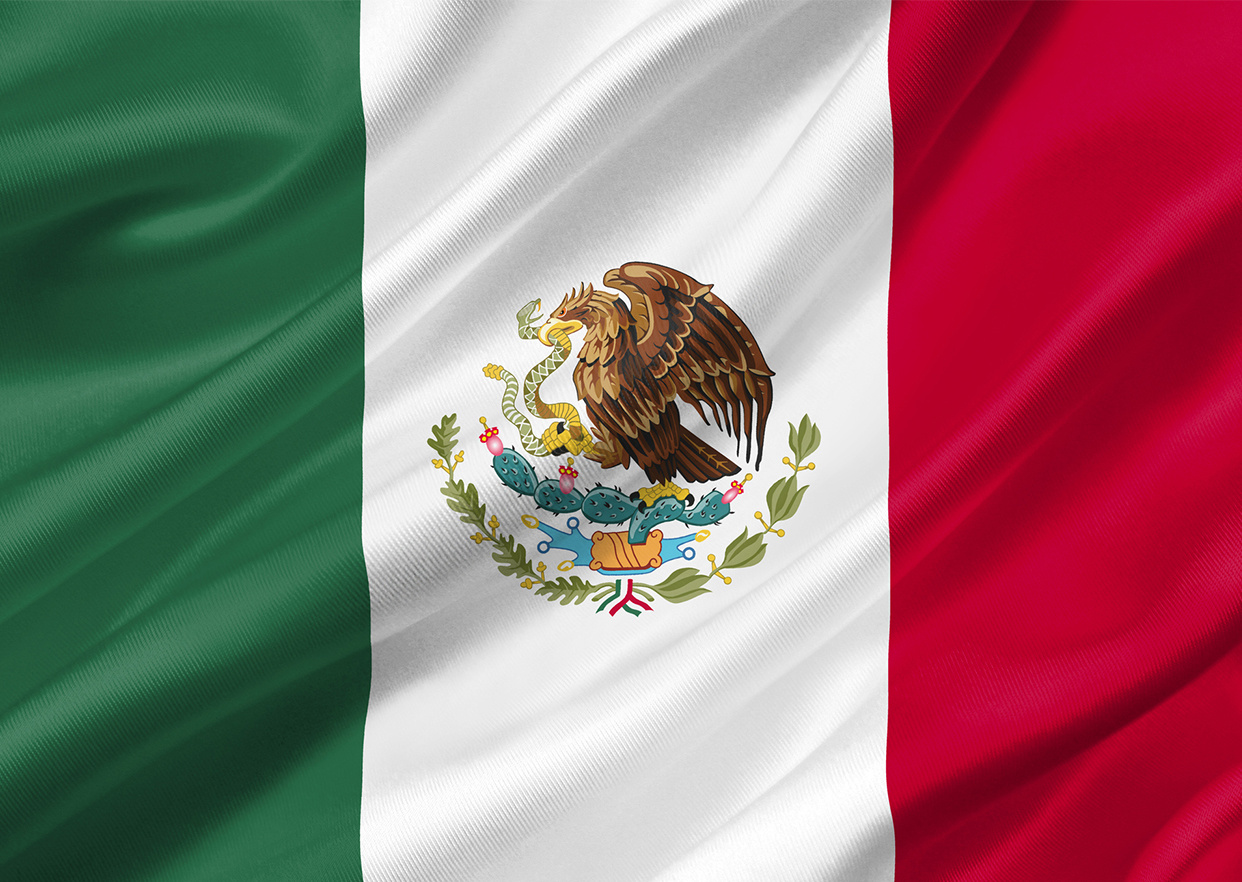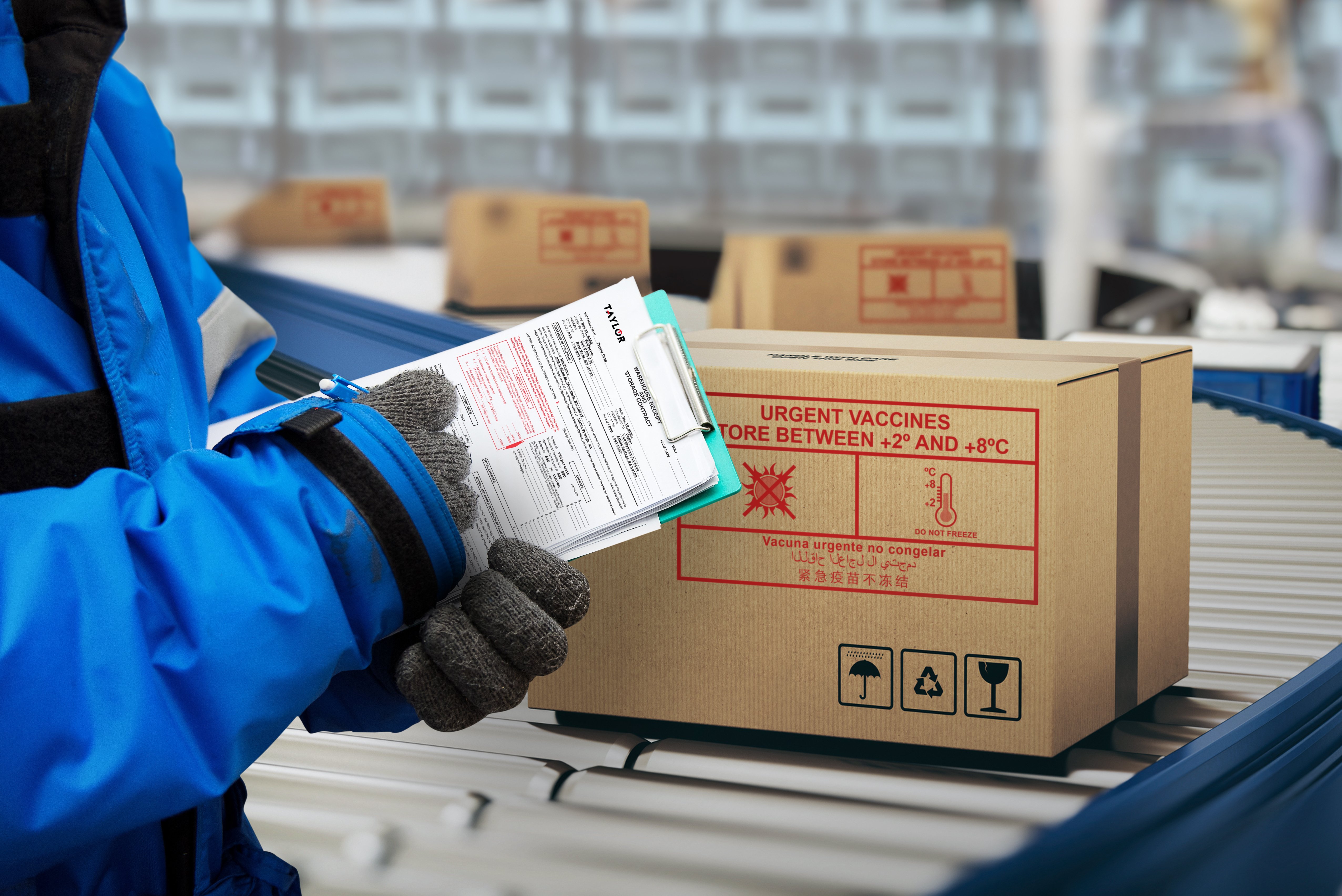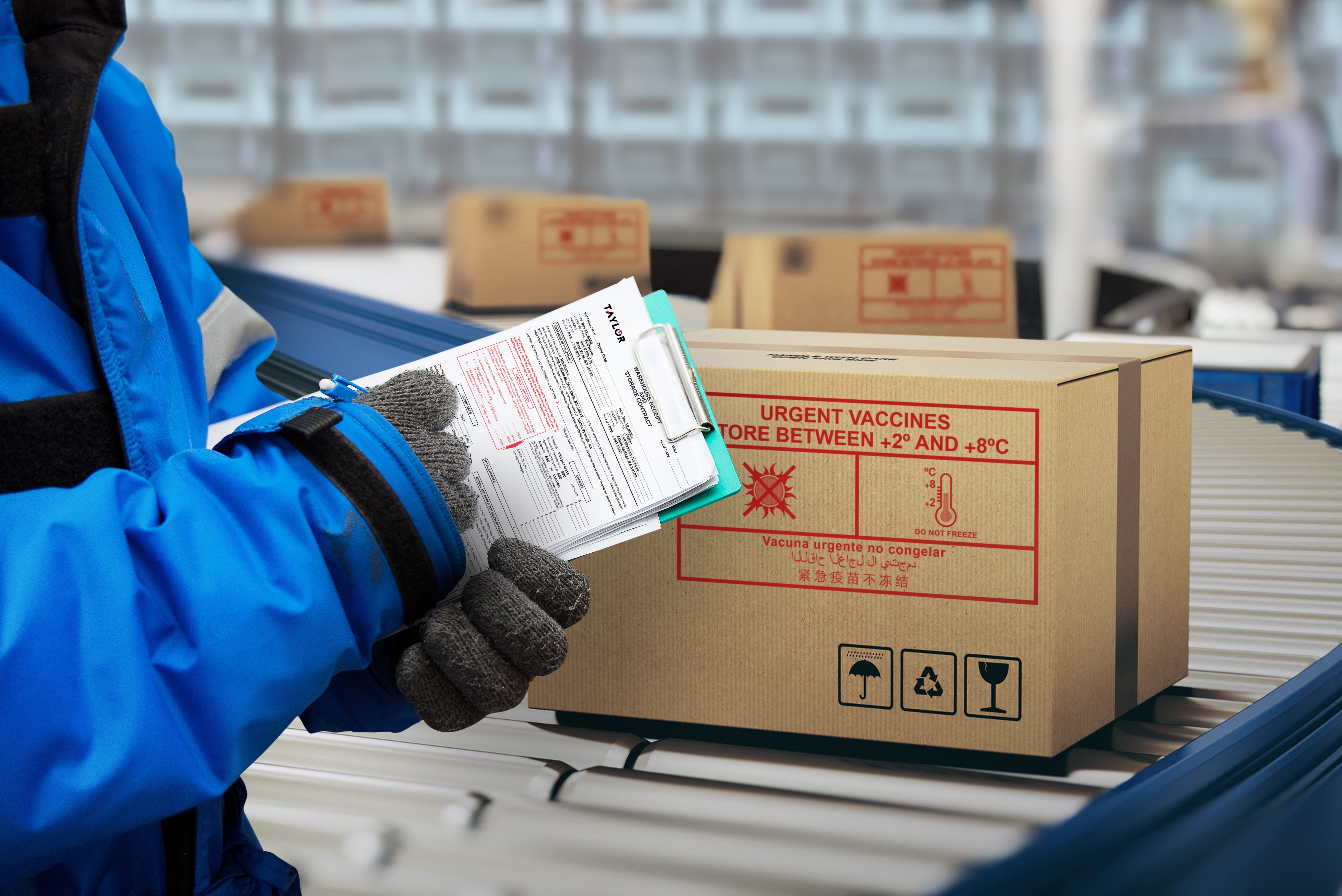The cold chain logistics industry is massive, valued at $249 billion globally, and on pace to top $340 billion by 2031. Two trends stand out that are fueling strong year-over-year growth in the cold chain sector:
- Healthier eating habits
Consumers are eating healthier and want more fresh produce and seafood. Cold chain logistics solutions are needed to bring those perishable foods to market.
- Shifts in healthcare delivery
The healthcare industry has seen a rise in the utilization of temperature-sensitive products including biopharmaceuticals and vaccines. Here again, strict temperature control throughout the entire cold chain is needed to ensure product safety and efficacy.
However, despite being so vital to the global economy, the cold chain is rarely discussed and often taken for granted. This blog will provide an overview of cold chain logistics and the various “links in the chain” that make the shipping and distribution of refrigerated products possible on a mass scale.

Cold Chain Logistics Explained
The Geography of Transport Systems defines the cold chain as follows:
The transportation of temperature-sensitive products along a supply chain through thermal and refrigerated packaging methods and logistical planning to protect the integrity of these shipments.
In plain English, items that require constant temperature control and/or refrigeration must be packaged, stored and transported so that their freshness or efficacy will not be compromised along the way. There are four primary links in this chain:
Cooling systems
Facilities and equipment dedicated to bringing food, pharmaceuticals or other items to the ideal temperature for processing, storage and transportation.
Cold storage
Facilities that enable temperature-controlled goods to be stored safely for a period of time.
Cold transport
Modes of transportation that allow the goods to be moved from Point A to Point B while maintaining constant temperature and humidity.
Cold processing and distribution
Destination facilities where the transported goods are consolidated or deconsolidated for final distribution and use.
Cold Chain Temperature Standards
The temperature standards required of the cold chain vary based on the industry and the types of products being shipped and stored. For example, in the laboratory and pharmaceutical industries, ISTA® 7E is a common standard that governs the stability of product temperatures when individually packaged items are shipped through a parcel delivery system.
Under ISTA 7E, items must be packaged and shipped in such a way that they can maintain a constant temperature of between 2° and 8° Celsius year-round. For items like vaccines, ultra-low temperatures may be required, sometimes necessitating cold storage equipment capable of maintaining set points as low as -86° Celsius.
In the food industry, the most common temperature standards are as follows. Keeping items within these temperature ranges is proven to optimize freshness and shelf life:
- Banana, 12° to 14° Celsius
- Chill, 2° to 4° Celsius
- Frozen, -10° to -20° Celsius
- Deep-Frozen, -25° to -30° Celsius

Cold Chain Packaging Elements
It’s relatively easy to maintain the temperature of an item when it’s sitting in an industrial refrigeration system. But what happens when that product is on the move between distribution centers? That’s when the science of cold chain containers and refrigeration methods come into play.
The cold chain logistics system relies on a wide variety of products and technologies. Most often, pre-frozen gel packs are used in combination with the following to ensure temperature control in transit:
- Bubble wrap
- Corn and starch-based containers
- Corrugate
- Expanded polystyrene (EPS) insulated coolers
- Insulated mailer packages
- Wood-based coolers
Taylor: Cold Chain Solutions for Healthcare, Food and Retail
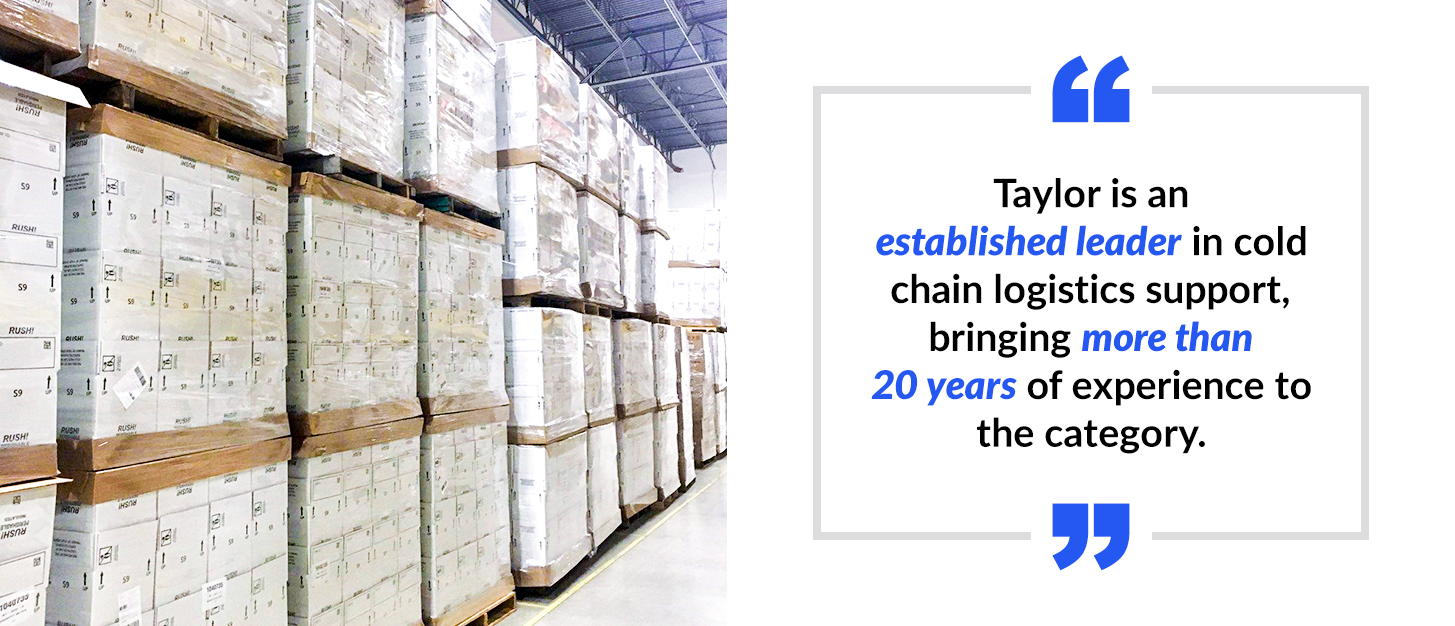
Taylor is an established leader in cold chain logistics support, bringing more than 20 years of experience to the category. In fact, Taylor is a trusted cold chain logistics partner to many of the largest retail pharmacy networks in the nation. Deep relationships specific to refrigerated storage and distribution enable us to provide:
- Ambient temperature storage products shipped from Taylor warehouses, third-party logistics partners, or direct-shipped from supplier partners.
- A national freezer network for freezing gel packs as a refrigerant for medicines, vaccines, food products and other temperature-sensitive items.
We combine a massive footprint – from Alaska to Hawaii to Puerto Rico and all points in between – with an unbeatable selection of cold chain products. EPS and biodegradable EPS coolers, drain-safe gels, no-sweat materials, labels specially engineered to perform in the cold chain and much more can all be sourced directly from Taylor.
Looking for a cold chain logistics partner who combines decades of experience with the convenience of a single-source solution? Contact a Taylor representative to learn more.




